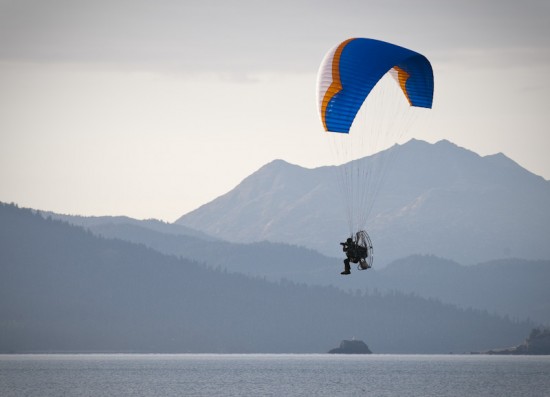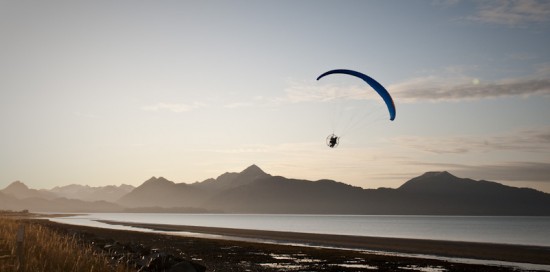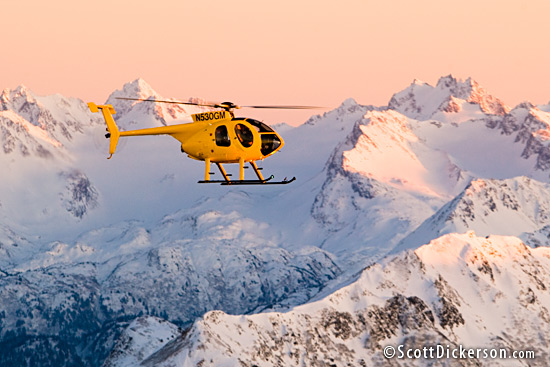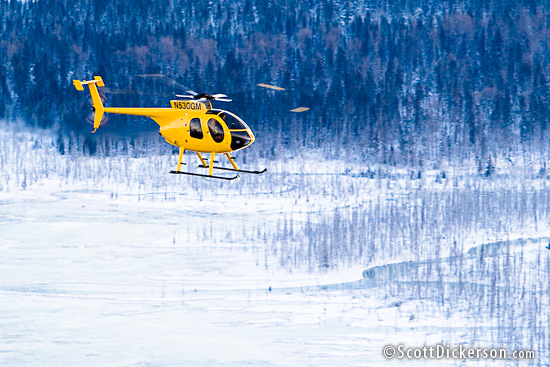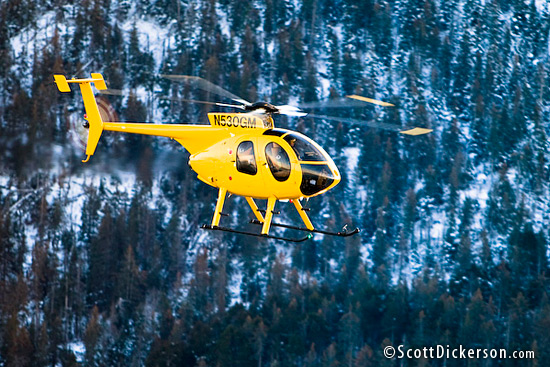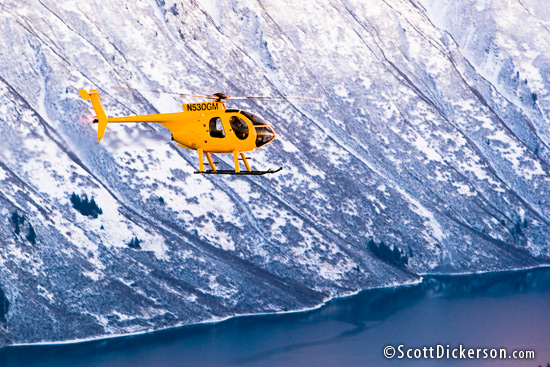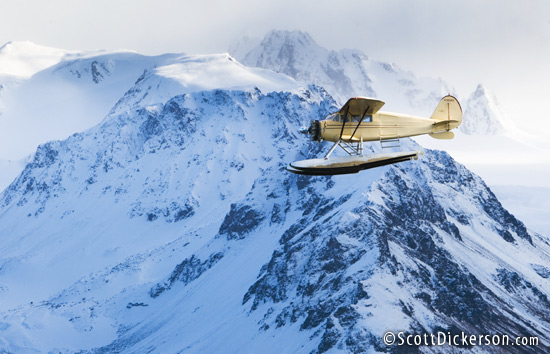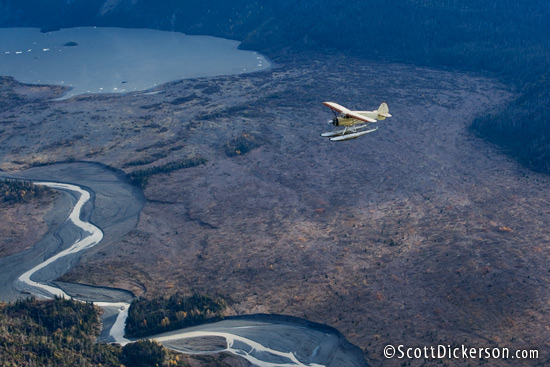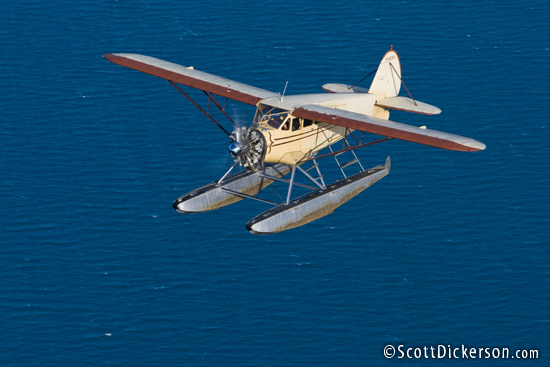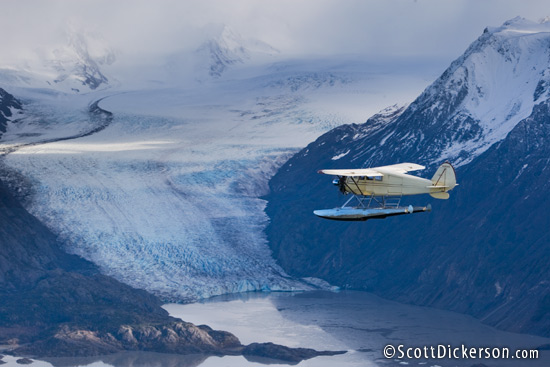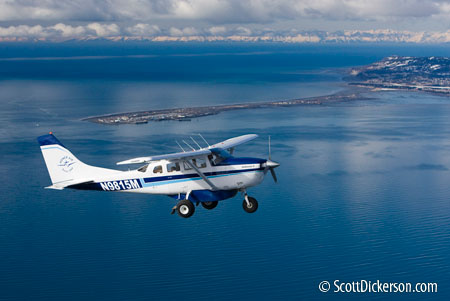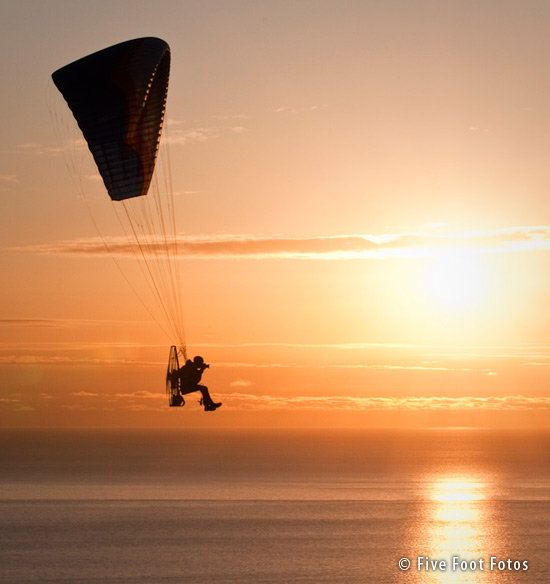
After a long journey I have arrived. The ideal tool for my style of aerial photography – The powered paraglider. At least for now.
For those unfamiliar with eccentric forms of flight Wikipedia does a really nice job of explaining what this contraption is:
Powered paragliding, also known as paramotoring, is a form of ultralight aviation where the pilot wears a motor on his or her back (a paramotor) which provides enough thrust to take off using a paraglider wing. It can be launched in still air, and on level ground, by the pilot alone — no assistance is required.
After pursuing my passion for aerial photography in a wide range of situations from Coast Guard C-130s, helicopters, bush planes and airplanes owned by friends to piloting my own ultralight I was still searching for something more – or less, depending on how you look at it. Each aerial platform has its own set of benefits and limitations and it really comes down to finding the right balance that matches my style and priorities.

The benefits of the paramotor system are many but I’ll list a few of the stand-out ones: It is very portable and can be transported by car, boat, or bush plane (especially important in Alaska). The cost of operation is very low. As the pilot it’s just up to me and the weather, no more trying to convince a pilot to wake up at 4:30am to catch the best light. The paramotor is a very slow and safe form of flight. There are no wing struts, helicopter blades, floats or tires to get in the way. In fact the only thing that I have to work to keep out of my composition is my own legs.
After happily flying an ultralight for a couple years I began looking for an even more ideal self piloting solution. shortly after starting to consider the paramotor as a viable option I stumbled across an interview with George Steinmetz that really confirmed my suspicion. The paramotor would work, and not only that, George had already ready been used it with great success. Before long I was in Salt Lake City, Utah to get flying instruction and help with gear selection. I’m a learn-it-yourself kind of guy and it was hard to convince myself to actually go for the professional instruction, but since my focus is more on photography and I don’t want the piloting to be a hindrace I decided to treat it like business and invest in my abilities and safety. Turned out to be a great move. Chris Santacroce from SuperFly is an excellent instructor and I left Utah with all the equipment and knowledge needed to start putting this idea to work.
It has now been about 18 months since I first imagined what you see in these photos and I’m thrilled to report that after flying for the last 8 months it has proved to be everything hoped for. I have photos to share and a few stories to tell but they’ll wait for another post. Now that I have introduced the paramotor to the blog you can expect more soon.
Jake Schmutzler of Five Foot Fotos has worked with me to capture the images in this post – Thanks Jake!
